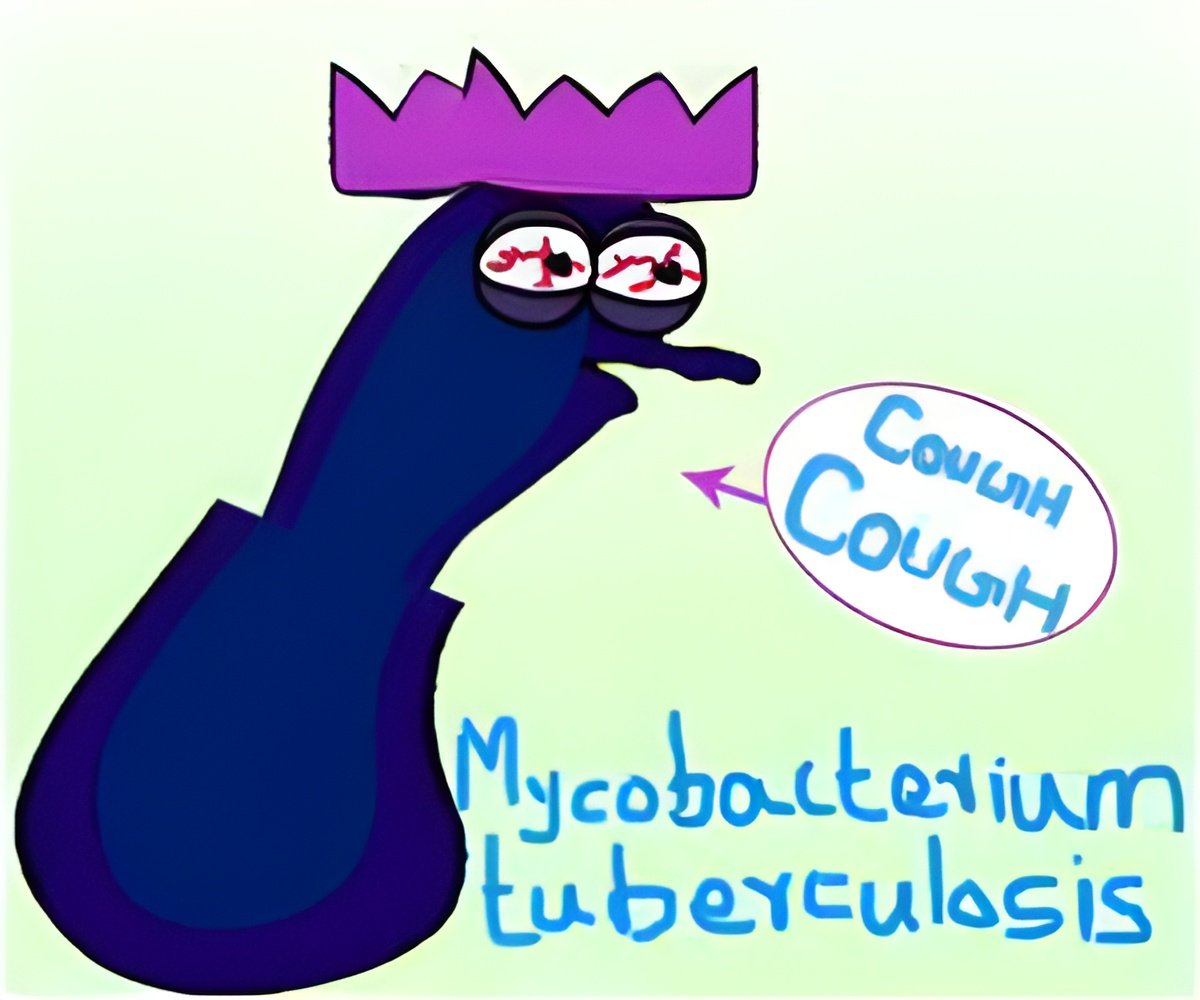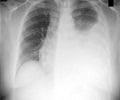
‘Expanding what the free treatment packages will cover, increasing the reimbursement rates and the number of people covered by universal healthcare is necessary to lower the number of people affected by catastrophic health expenditure in China.’
Tweet it Now
The study by researchers from the National Center for TB Control and Prevention, China CDC and Shandong University, China, which involved 747 TB cases, found that a large number of households experience CHE - up to 66.8% overall. Incidence of CHE is highest among the poorest households, 95% of which experience CHE, compared to 43% of the richest households. In this study, CHE was measured based on the two most commonly used thresholds: 10% of annual household income; and 40% of non-food expenditure, the effective income left to a household once the need for food has been met.
This study is the first to examine the often catastrophic economic effects of TB care on individuals and households by looking at the incidence, intensity and causes of CHE from TB care. CHE incidence describes the number of households whose healthcare expenditure exceeds these thresholds - 66.8% for household income and 54.7% for non-food expenditure. CHE intensity is measured by how much healthcare costs per household exceed these thresholds. On average, health care payments made up 41% of household annual income and 52% of non-food expenditure. As with incidence, intensity of CHE in China was highest for low-income households.
The researchers identified several significant causes of CHE, including unemployment, old age, and patient income. An increased likelihood of experiencing CHE was observed for households with fewer income earners (less than four members) and those that received minimum living security, a type of government subsidy intended to secure a minimum standard of living.
The study used data collected between April and May 2013 in three Chinese cities during a baseline survey for the China Government - Gates Foundation TB Phase II program on TB control. TB patients were recruited using a cluster sampling method which divides a population into groups - in this case three districts from each city and three townships/streets from each district. From each group, a random sample of 30 TB cases was selected, making a total of 747 cases.
Advertisement
Measures of annual household income and expenditure on food and healthcare relied on self-reported information and may have been subject to recall biases. As the sample was restricted to TB patients who sought care in local dispensaries and designated hospitals, estimates exclude those who did not seek care due to financial barriers. Hence, the incidence and intensity of CHE may have been underestimated.
Advertisement
Source-Eurekalert













